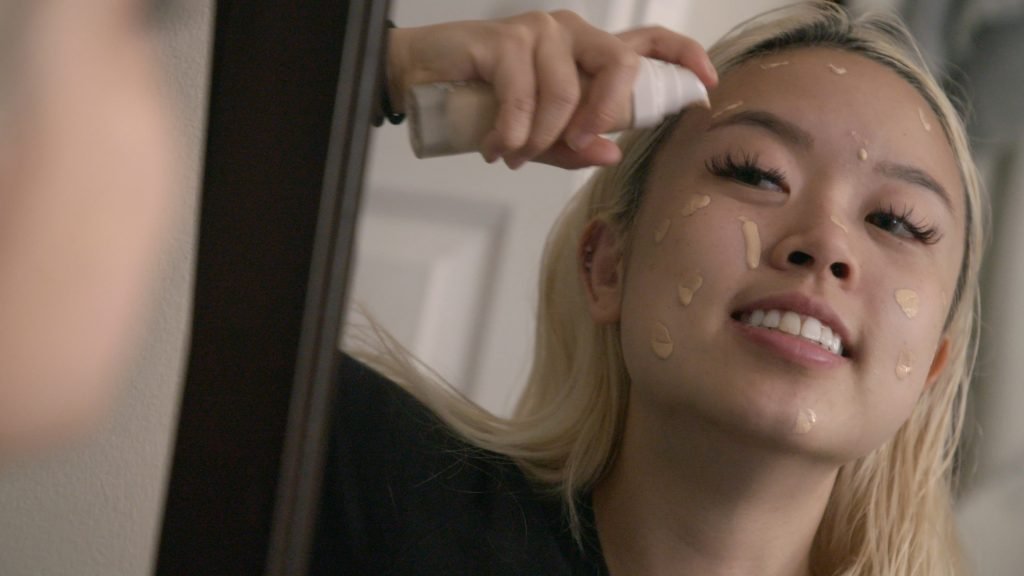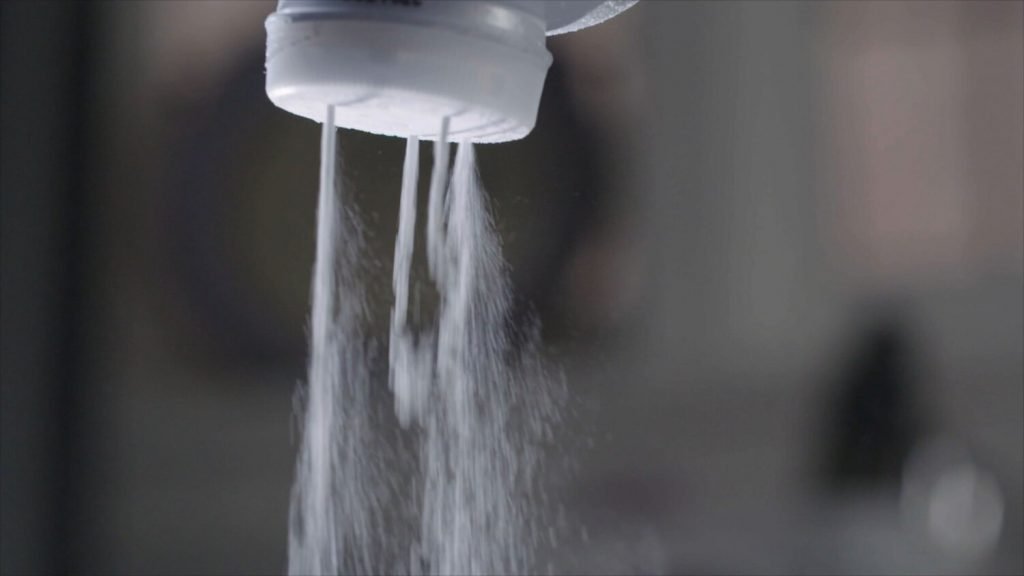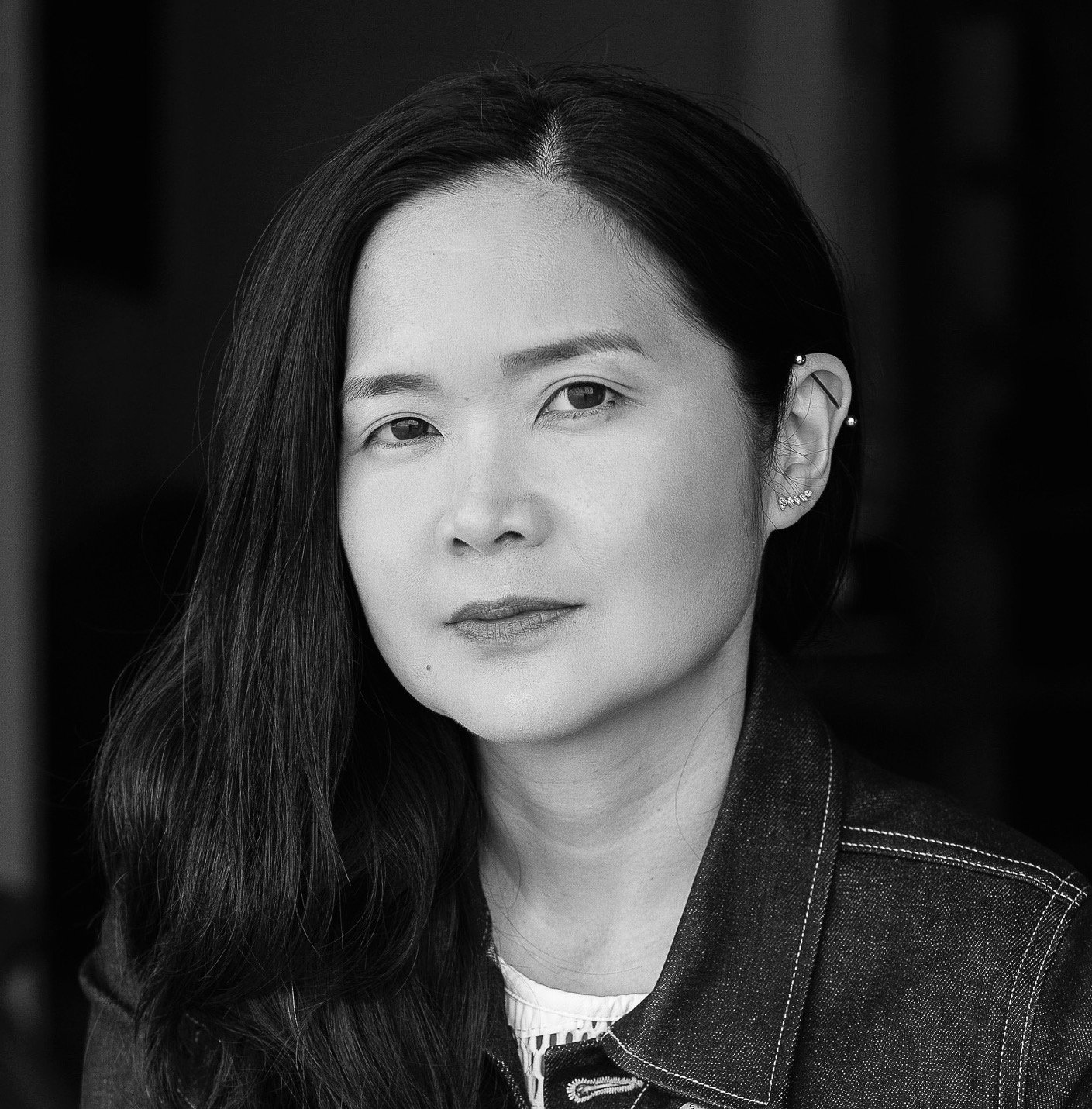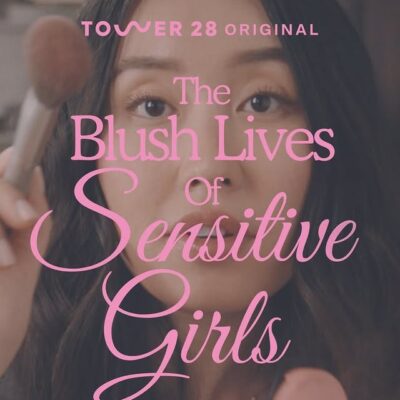
“What Am I Putting On My Kids?”: Documentary “Toxic Beauty” Investigates The Impacts Of Personal Care Chemicals
A documentarian with over a decade of experience, Phyllis Ellis didn’t expect “Toxic Beauty,” her newest film exploring the effects of chemicals in personal care products on consumers’ health, would be taken so personally by viewers. She’s been inundated with questions from people asking, “What am I doing? What am I going to do? What am I putting on my kids?”
“The onus shouldn’t be on the consumer,” says Ellis in a phone interview before the global release of the documentary she wrote and directed. The Toronto-based filmmaker’s goal is to reform personal care policy to lift the burden of ingredient vetting that’s been put on the public. In the United States, the Federal Food, Drug and Cosmetic Act of 1938 was the last major piece of legislation governing cosmetics ingredients, and it makes beauty product companies responsible for the safety of their products, but doesn’t ensure they’re safe before they hit the market. Ellis says, “We want to lean on big brands to clean up, and we want to make sure this industry is regulated, and there is accountability.”
To illustrate how wide-reaching and how devastating the consequences of potentially dangerous personal care ingredients are, Ellis’s documentary traces lawsuits against Johnson & Johnson over alleged links between the talc in Johnson’s baby powder and ovarian cancer. It also follows Mymy Nguyen, a Boston University medical student who dyes her hair, and plays with eyeliner, creams and other beauty products. In front of Ellis’s camera, Nguyen turns herself into an experiment, and analyzes the levels of parabens and phthalates accumulating in her body on alternating days of slathering on conventional personal care products and clean versions.

“It’s not wrong that people use makeup,” says Nguyen in the film. “They just need a safer alternative to makeup. I should be confident knowing that I look this way, but I’m not harming myself.”
The 90-minute film includes footage of environmentalist Rachel Carson warning about the implications of chemical exposure to children in 1963, a year after her groundbreaking book “Silent Spring” was published. There are more recent scenes on Capitol Hill, where politicians fruitlessly try to pass laws protecting consumers. On top of scientists, doctors, ovarian cancer patients and lawyers working on the lawsuits, Ellis interviews RMS Beauty founder Rose-Marie Swift, who reveals she “started feeling really, really sick” when she was working as a professional makeup artist in her 30s. Swift shares that her health issues “catapulted me to a higher level because I was a makeup artist who had something to say” in the beauty industry.
“We want to lean on big brands to clean up, and we want to make sure this industry is regulated, and there is accountability.”
Ellis asserts the most troublesome beauty industry antagonists aren’t carcinogens. “It’s the fact the marketing departments said we’re not enough or [are] too old or need to fix ourselves,” she says. “We have to change these beauty norms so women don’t have to choose between their health and beauty standards.”
Following its premiere last April at Hot Docs, the Canadian international documentary film festival, one-night screenings of “Toxic Beauty” are scheduled today in cities such as Denver, Chicago, New York, Bismarck, N.D., and Winston-Salem, N.C. Ellis says Gwyneth Paltrow’s wellness and media company Goop is planning a private screening in Santa Monica that evening. Goop chief content officer Elise Loehnen participated on a panel with Ellis in October at the “Meet the Press” film festival in Washington, D.C. In 2020, additional screenings are lined up across the U.S. as well as in Australia, New Zealand, Canada and the United Kingdom.

The theatrical release of “Toxic Beauty” follows a three-year journey that started when Ellis was asked to review footage of a green makeover show featuring clean products. She started looking into baby powder, a constant in her personal care routine during her years training to play field hockey on Canada’s Olympic team. Like many women of her generation, she liberally applied it. “Deodorant, dry shampoo, put it between your sheets, put it in our underwear to make you fresh,” says Ellis, 60. “Literally, I threw it out during the making of the movie. I still had it in my house.”
Despite her connection to baby powder, the primary reason she chronicled the class-action legal battle against Johnson & Johnson’s product in “Toxic Beauty” is because “it’s one of the only stories of a personal care use that we can follow over time,” she says. “It’s one of the best examples of lifetime use of a personal care product that can result in ovarian cancer.”
“We have to change these beauty norms so women don’t have to choose between their health and beauty standards.”
During the process of being interviewed for the documentary, Nguyen faced a health scare. She discovered a benign breast tumor. “Before, I used to use a lot of products,” she tells Beauty Independent. Today, beauty and personal care routine products consists of a maximum of five products such as toothpaste, face wash, sunscreen and hand soap.
“Once companies see that people will stop buying their products because it contains a certain chemical, it will push toward more research and more products that are safe for people,” says Nguyen. “As a doctor, I hope I can advise some of these companies and have a knowledge base of what’s healthy and what’s not.”

The story continues after the documentary’s closing credits. Ellis notes in the epilogue that Johnson & Johnson faces more than 11,000 talc lawsuits in the U.S. with over $4.6 billion in damages. Imery’s Talc America, a key Johnson & Johnson supplier, filed Chapter 11 bankruptcy on Feb. 13 of this year.
Even after wrapping “Toxic Beauty,” Ellis continues to cull items from her beauty stash to reduce her exposure to possibly deleterious compounds. “It was probably three months ago that I threw out this perfume oil. It said it was natural, and I had it tested and it wasn’t,” she says. “It’s a big, real challenge.”





Leave a Reply
You must be logged in to post a comment.